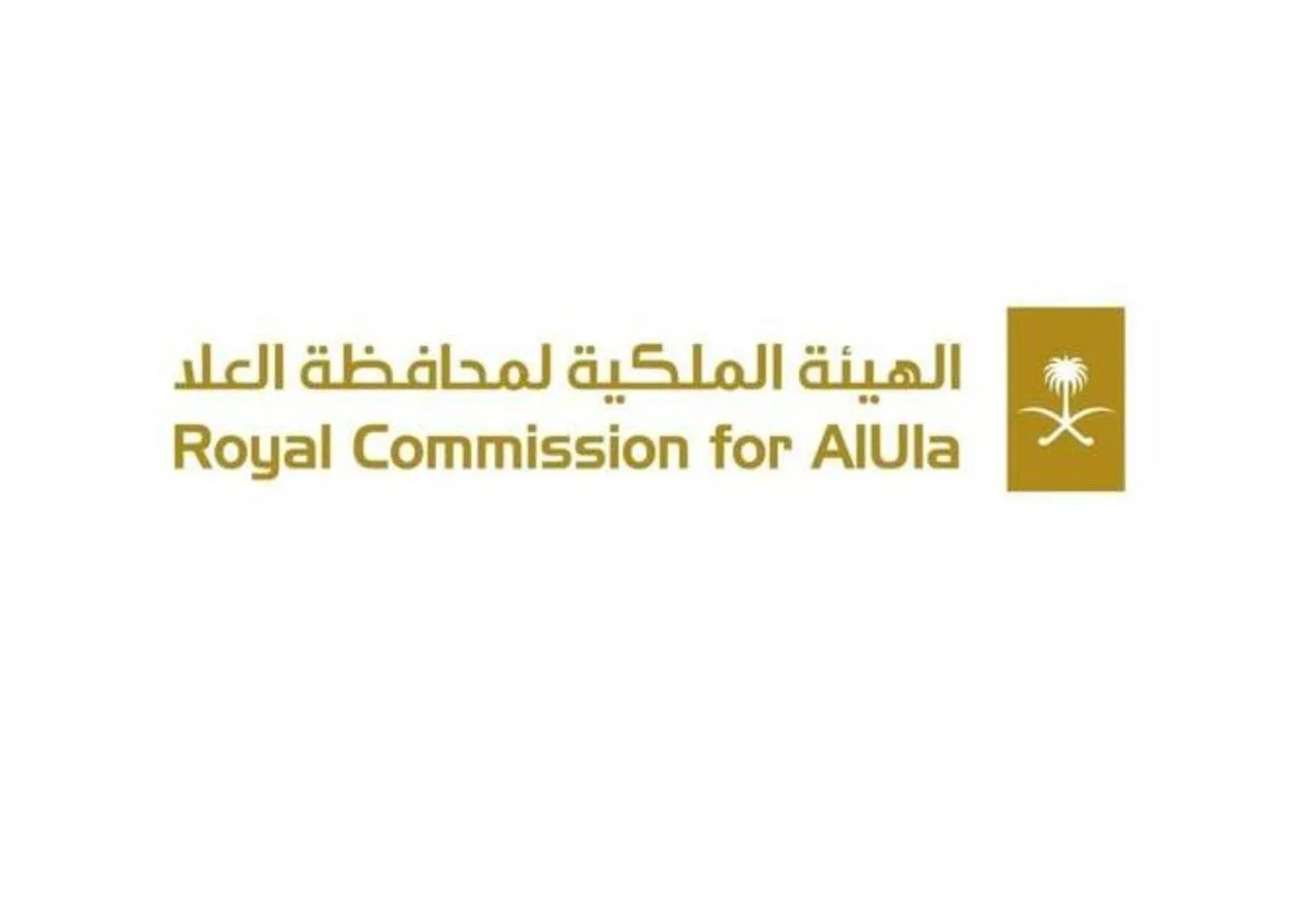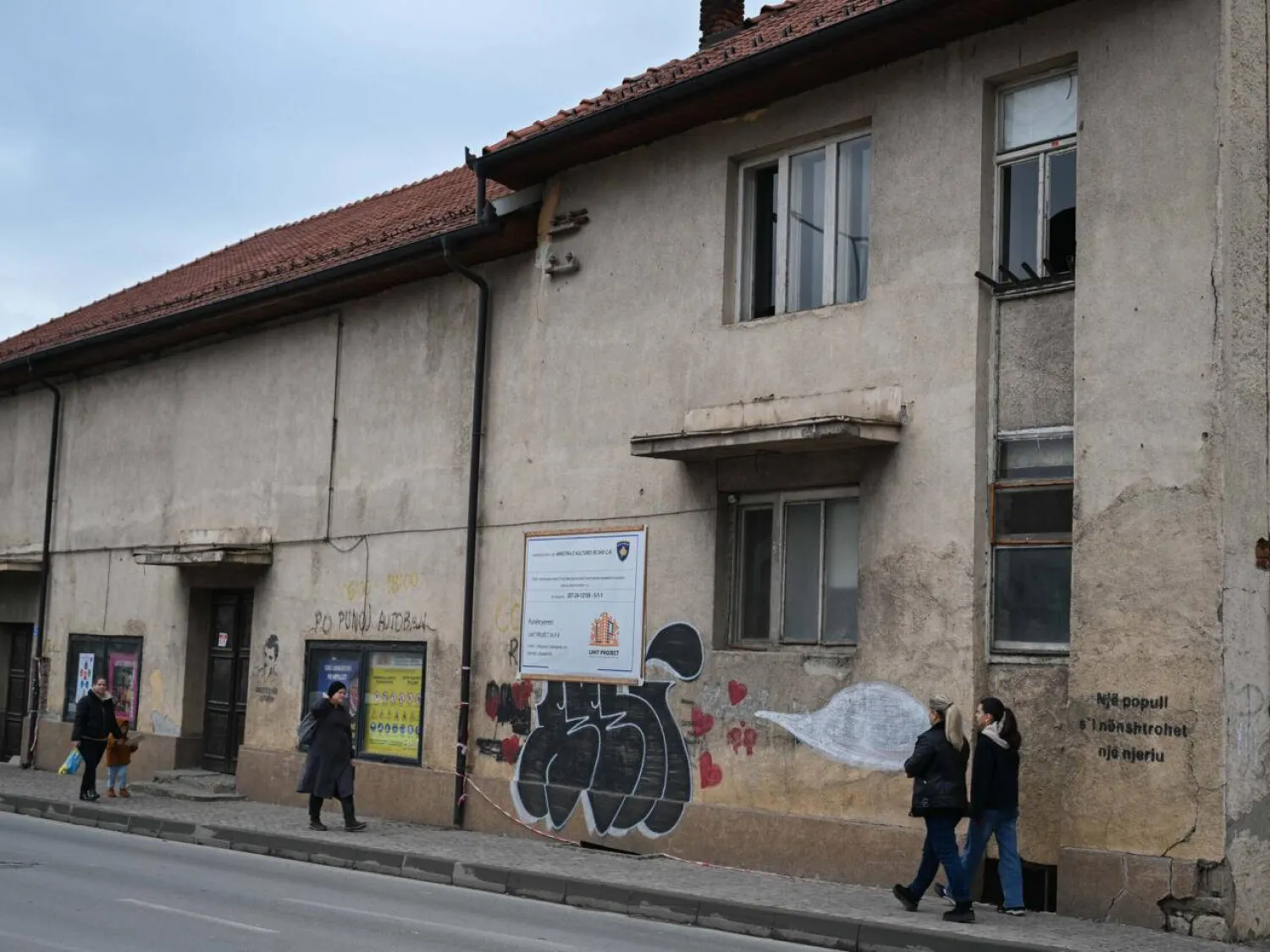A Swiss museum on Thursday pulled down five paintings, including a van Gogh and a Monet, after the foundation that owns them called for a deeper look at their origins following new US guidelines on how to handle artworks once confiscated by the Nazis.
The Foundation E.G. Bührle Collection, which owns the works formerly shown at the Kunsthaus Zürich museum, said it was looking to reach a “fair and equitable solution” with the legal successors of the former owners, who were not identified.
The foundation’s board called for a new assessment of the works under new “Best Practices” published by the US State Department in March on how to deal with Nazi-confiscated art, as an upgrade to principles adopted in 1998.
“This is an important step in implementing the new Best Practices, now endorsed by 24 countries, including Switzerland,” Stuart Eizenstat, US Secretary of State Antony Blinken’s special adviser on Holocaust issues and a key architect of the principles, said in an email.
The works include the oil paintings “Jardin de Monet à Giverny” by Claude Monet from 1895, and “Der alte Turm” by Vincent van Gogh, of 1884. The other three are 19th-century works by French painters Gustave Courbet, Henri de Toulouse-Lautrec and Paul Gauguin.
A sixth painting, Edouard Manet’s “La Sultane,” was also considered as “a case deserving particular attention,” the foundation said in a statement last Friday.
The foundation said it was ready to make a financial contribution to the estate of Max Silberberg, a German Jew and art collector who died with his wife at the Nazi death camp in Auschwitz, in connection with the Manet out of respect to his “tragic destiny.”
Bührle, a German-born industrialist and weapons manufacturer who became Swiss in the late 1930s, oversaw a company that supplied the Axis powers including Nazi Germany, the foundation said.
Its collection of 203 works, given as a permanent loan to the Zurich museum in October 2021, is “one of the world’s most important collections of Impressionism with world-famous works by Van Gogh, Renoir, Cézanne, Manet, etc.,” the foundation said.
It said it has no reason to believe that other works in the collection fall under the scope of the “best practices,” but it will assess any new findings from previously undiscovered sources along with museum curators.
The foundation has issued a list of all 633 works that the industrialist acquired between 1936 and 1956, and says a review of the origins of those works was updated last year. The five works were pulled down as part of a new assessment.
After World War II, Douglas Cooper, a British army officer and art connoisseur, was asked by the Allies to investigate the disappearance of thousands of artworks. In a report that was declassified in Washington in 1975, Cooper identified Bührle as the largest Swiss buyer of art taken by the Nazis.









